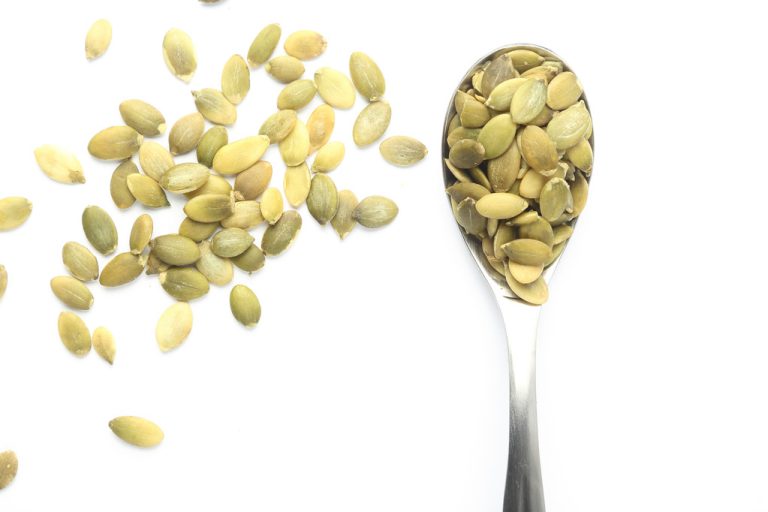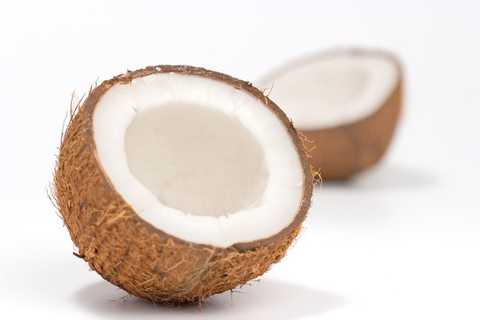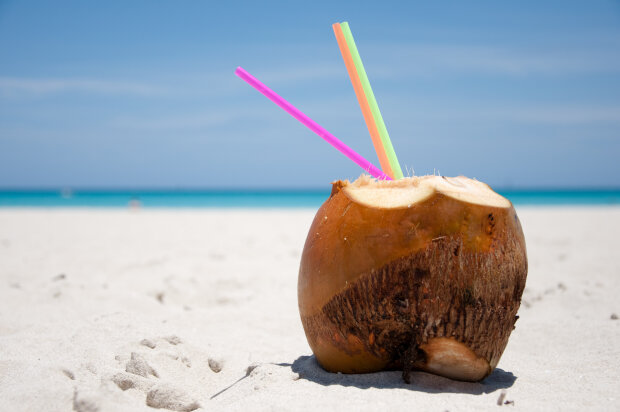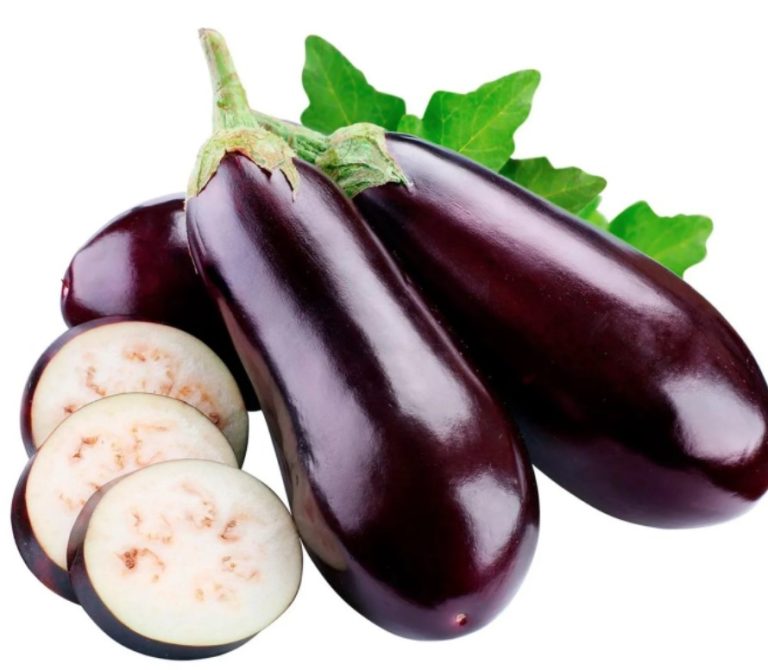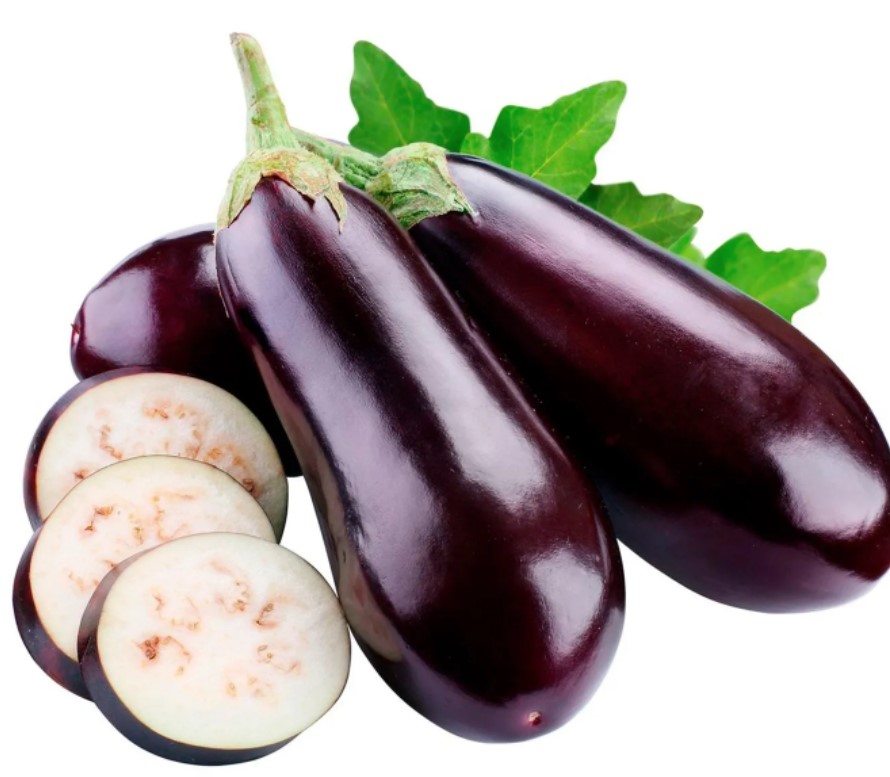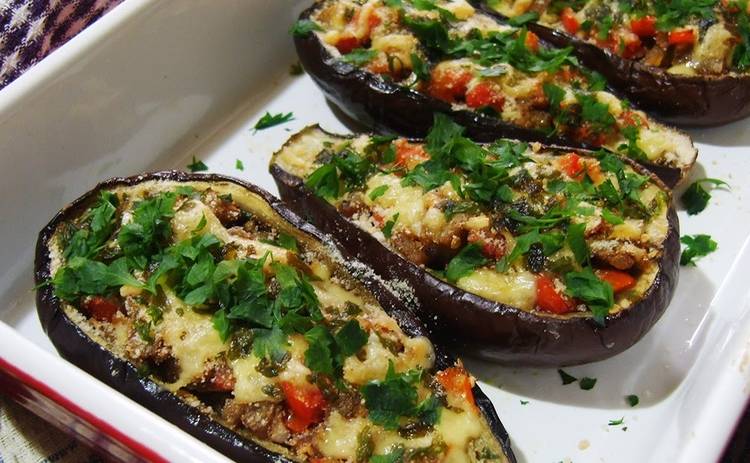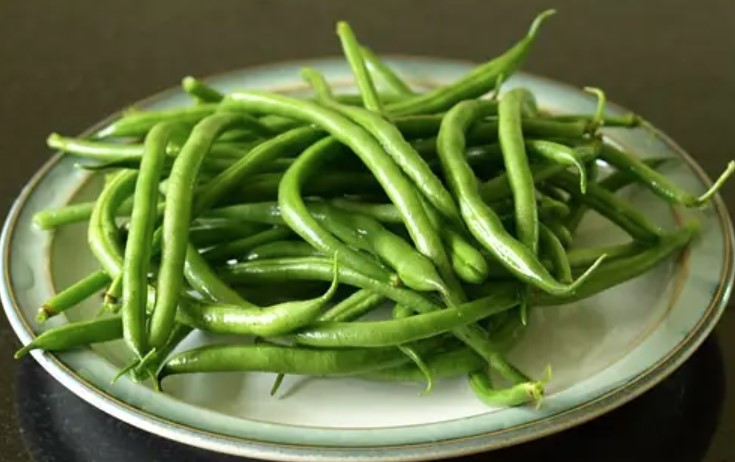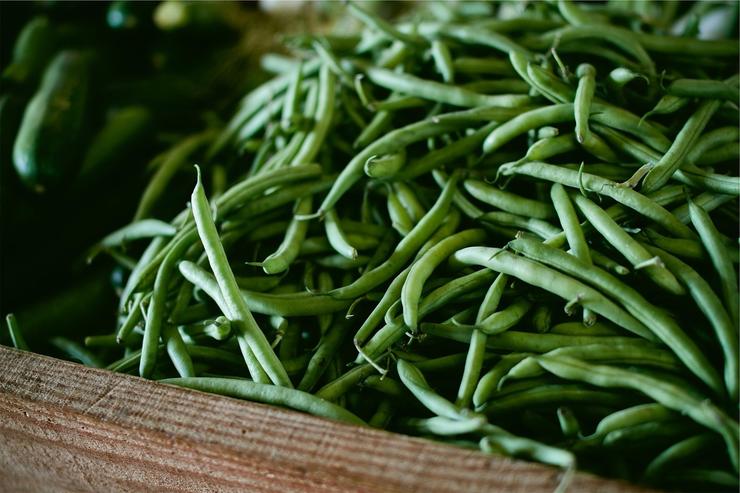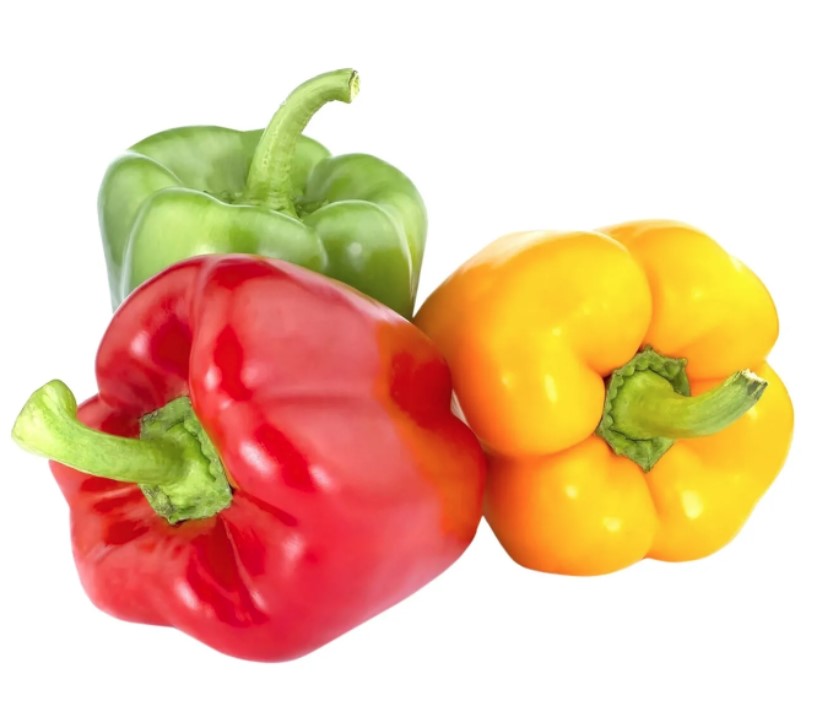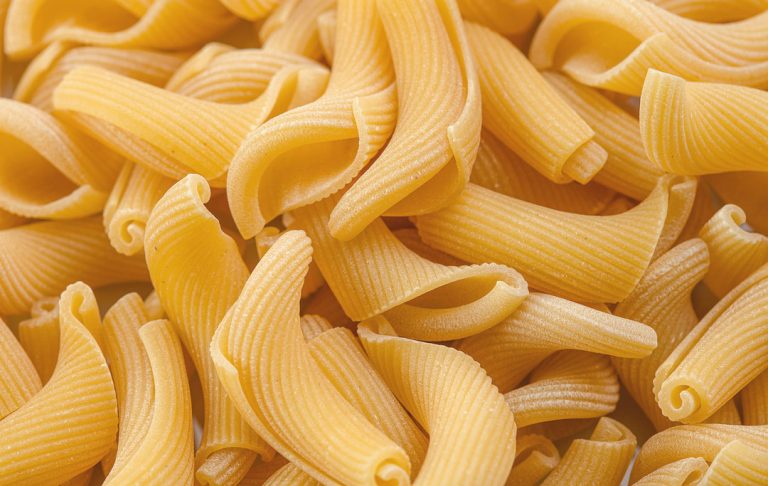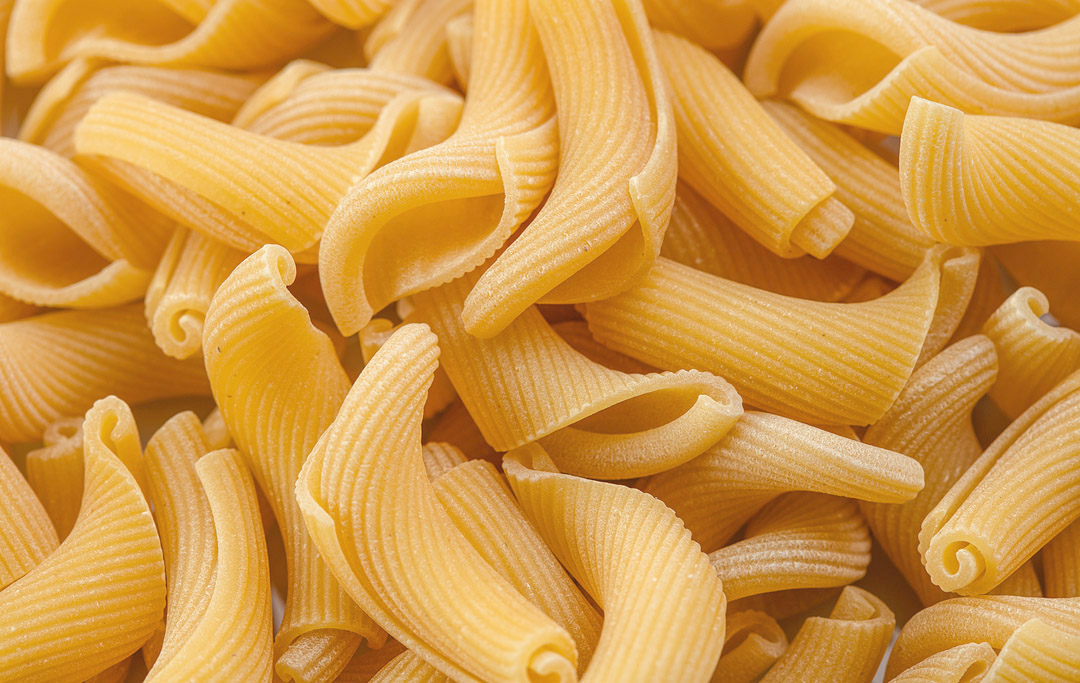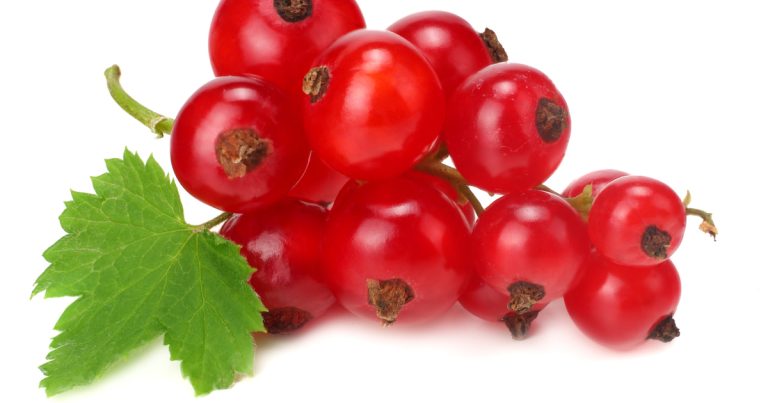The fact that pumpkin seeds are so healthy is due to their valuable ingredients: They are not only a good source of vegetable protein, but also contain important vitamins and minerals. We give you an overview.
Pumpkin seeds are a regional superfood: You get them from local cultivation and they are full of valuable ingredients that promote your health. In this article you will find out what it is about in detail and what also makes the kernels healthy.

Nutritional values of healthy pumpkin seeds
Pumpkin seeds have many important nutrients to offer the body. Here you can find an overview of the nutritional values of the healthy seeds.
Nutritional values per 100 grams:
Calories: 547 kcal
Carbohydrates: 14.7 g
of which sugar: 1.3 g
Fiber: 6.5 g
Fat: 49g
Protein: 29.8 g
Pumpkin seeds can be a healthy source of protein, especially for people who eat a purely plant-based diet. Like other seeds and nuts, pumpkin seeds are also very nutrient dense. Therefore, you should not eat too many of them, even if they are healthy and delicious. The vegan food pyramid recommends consuming between 30 and 60 grams of nuts and seeds every day.
Pumpkin seeds have many important nutrients to offer the body. Here you can find them
Nutritional values per 100 grams:
Calories: 547 kcal
Carbohydrates: 14.7 g
of which sugar: 1.3 g
Fiber: 6.5 g
Fat: 49g
Protein: 29.8 g
Pumpkin seeds can be a healthy source of protein, especially for people who eat a purely plant-based diet. Like other seeds and nuts, pumpkin seeds are also very nutrient dense. Therefore, you should not eat too many of them, even if they are healthy and delicious. The vegan food pyramid recommends consuming between 30 and 60 grams of nuts and seeds every day.
This is what makes pumpkin seeds so healthy
But pumpkin seeds are not only convincing because of their macronutrients – they are particularly healthy thanks to their valuable micronutrients.
beta carotene
B group vitamins
vitamin C
vitamin E
sodium
potassium
iron
copper
zinc
magnesium
The micronutrients contained in pumpkin seeds are important for your muscles, help with recovery after exercise, keep your bones strong and your heart healthy.
Other benefits of healthy pumpkin seeds
Pumpkin seeds also provide other health benefits that are also scientifically proven.
Pumpkin seeds are rich in antioxidants. These support your body in cell renewal, fight free radicals and reduce oxidative stress.
In addition, pumpkin seeds have antimicrobial properties and thus support your immune system.
They also promote heart health and have a positive effect on blood lipid levels.
Pumpkin seeds contain so-called phytosterols. The substance has a similar effect to the male hormone testosterone and can have a supportive effect on mild prostate problems.

